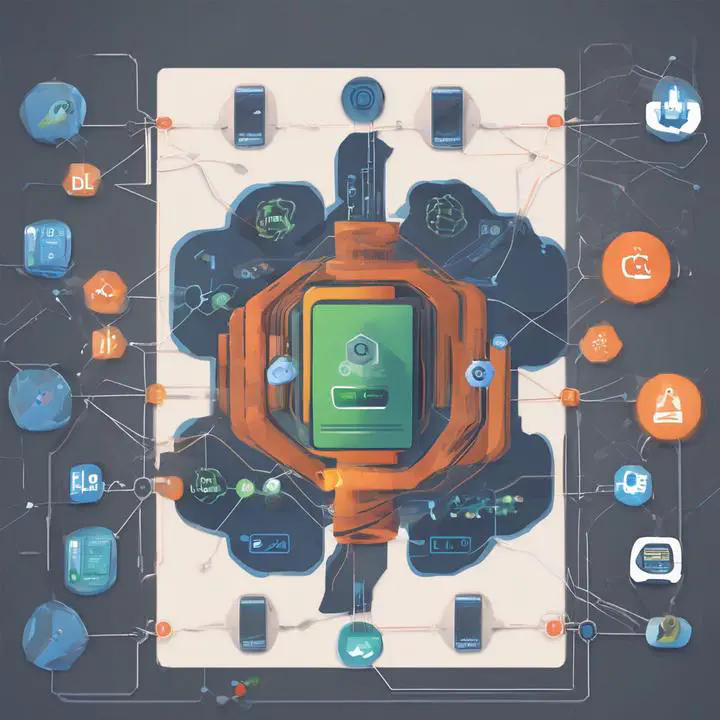
Abstract
Famous for its superior performance, deep learning (DL) has been popularly used within many applications, which also at the same time attracts various threats to the models. One primary threat is from adversarial attacks. Researchers have intensively studied this threat for several years and proposed dozens of approaches to create adversarial examples (AEs). But most of the approaches are only evaluated on limited models and datasets (e.g., MNIST, CIFAR-10). Thus, the effectiveness of attacking real-world DL models is not quite clear. In this paper, we perform the first systematic study of adversarial attacks on real-world DNN models and provide a real-world model dataset named RWM. Particularly, we design a suite of approaches to adapt current AE generation algorithms to the diverse real-world DL models, including automatically extracting DL models from Android apps, capturing the inputs and outputs of the DL models in apps, generating AEs and validating them by observing the apps’ execution. For black-box DL models, we design a semantic-based approach to build suitable datasets and use them for training substitute models when performing transfer-based attacks. After analyzing 245 DL models collected from 62,583 real-world apps, we have a unique opportunity to understand the gap between real-world DL models and contemporary AE generation algorithms. To our surprise, the current AE generation algorithms can only directly attack 6.53% of the models. Benefiting from our approach, the success rate upgrades to 47.35%.